Audio Amplifier from Discrete Electronic Components | Overview
Audio amplifier is an electrical device used to amplify an electrical signal to make it capable of driving a speaker. The objective of this article is to design and develop an audio amplifier to take input from a microphone and deliver the output to a speaker. This unit is designed using discrete electronic components without using any integrated circuits designed for power amplification.
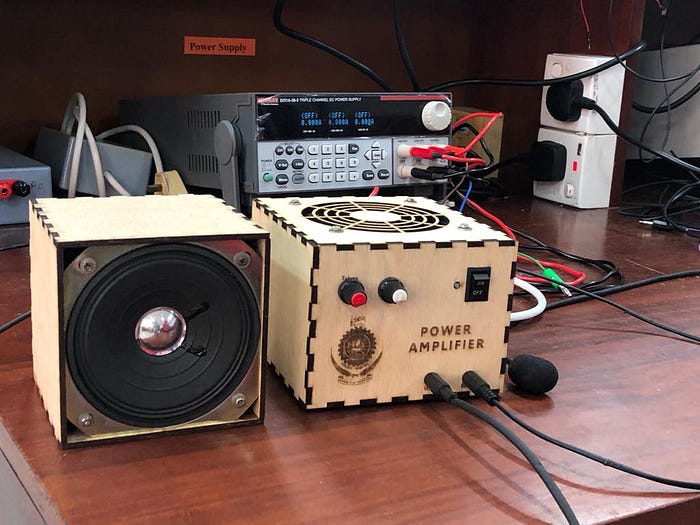
Amplifier is a common term used to describe a circuit which can produce an increased version to an input signal. Amplifiers are mainly two types as small signal amplifiers and power amplifiers. Small signal amplifiers are generally referred as voltage amplifiers where given input voltage is amplified to a higher output voltage. But in many scenarios the output may not have enough power to drive a loads like loudspeakers and motors. So these applications require power amplifiers.

Power Amplifier
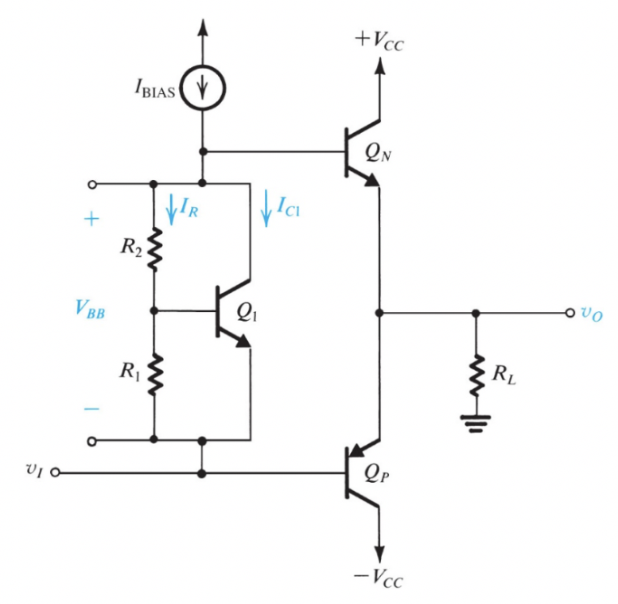
Class AB power amplifier circuit biased with a Vbe multiplier functions as the power amplifier of the audio amplifier. Vbe multiplier circuit adjusts the bias voltage at the bases of two transistors making the operating point at the verge of cut off and active region. Q point of the transistors (Ic) can be changed by changing the resistance R2. Thermal runaway do not occur in the Vbe multiplier biased circuits which is a major advantage unlike using diodes.
Small Signal Amplifier
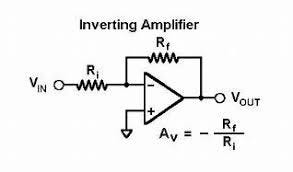
Normally power amplifiers amplify the current of the of input signal and in ideal amplifiers voltage gain is unity. But practically this is unable to achieve and typically it is slightly less than 1. As microphone output gives small voltage, this has to be increased to obtain the required output power. Inverting op-amp circuit with an adjustable gain can be used as the small signal amplifier. With adjustable gain volume of the speaker can be controlled. Op-amp amplifier is better suited than a transistor amplifier as it can achieve large gain and effective bandwidth allocation.
Microphone Output Circuit
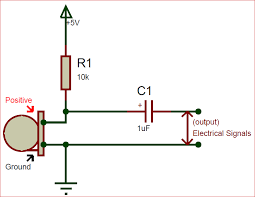
Input to the audio amplifier is captured using a capacitive condensor microphone. This circuit is powered by 5V and it is pulled down with a resistor to take the output.
Emitter Follower Circuit
Isolation of input circuit (Microphone circuit) from the power amplifier is very important to prevent the loading effect of the input. pnp transistor based emitter follower circuit is included in between the microphone input circuit and power amplifier circuit to isolate input and output of the audio amplifier. Op-amp buffer can also be used here.
Audio Amplifier- Final Circuit
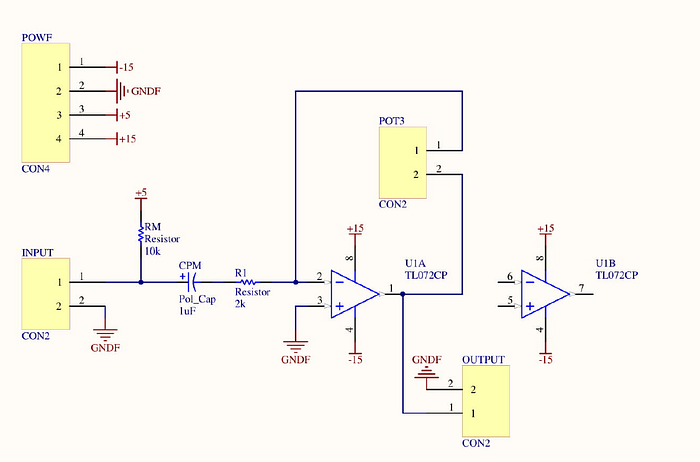

Analysis of the Functionality

Initially circuits are tested using sinusoidal input. Inverted and amplified version of the input signal can be observed from the oscilloscope. As the gain of the small signal amplifier is increased output become saturated. So while operating the audio amplifier it is important to control gain to maintain output voltage below saturation
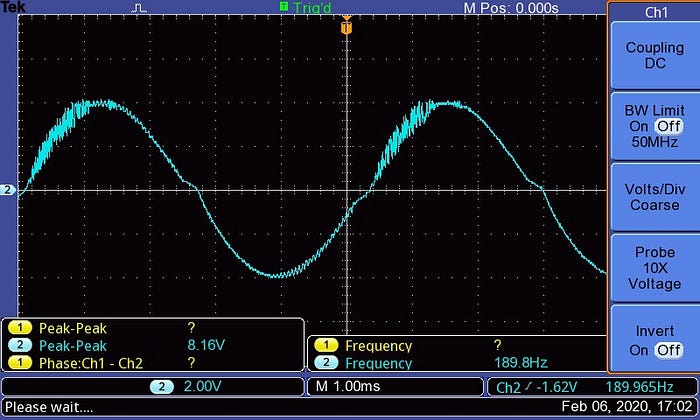
Vbe multiplier is used to bias the amplifier. When it is not properly biased cross over distortion can be observed. For audio applications, cross over distortion must be avoided. So proper biasing is very important for the functionality of the audio amplifier.
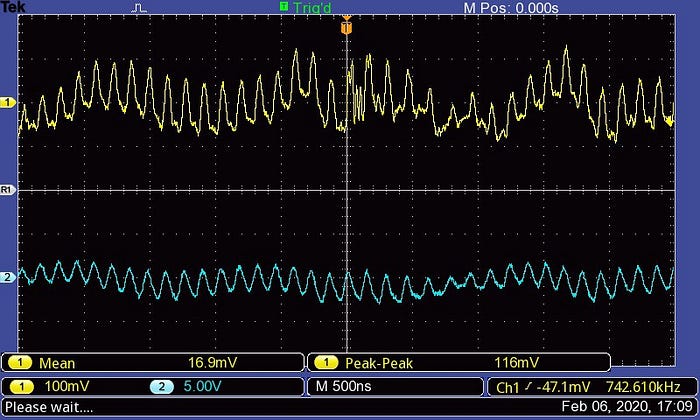
This is the output through the speaker when the input is captured from the microphone. From this power amplifier circuit very small input can be amplified to drive a speaker.
Problems and Solutions
Audio amplifier achieved the expected output with error margin fell within acceptable range. There were several challenges faced during project. Challenges and solutions adopted are described below.
- Proto board testing was difficult as the noise at the output was high. This was due to the availability of many open ends in the circuit. So even after printing PCBs open ends of the wires were sealed using heat sleeves and connectors were sealed using glue to reduce the noise
- Transistors burned quickly. This was a major issue in the early stages of designing circuit. This was prevented by adding a current limiting resistor (variable) to the bases of the transistors. Through this collector current of the transistors were limited
Conclusion
This audio amplifier is designed to amplify the input captured from the microphone to drive a speaker with 4 ohm resistance. This design can be used in various applications such as public address systems for concert halls and public events and developing hearing aids.
Following video depicts the functionality of the audio amplifier with microphone capturing a music
Thank you!!
